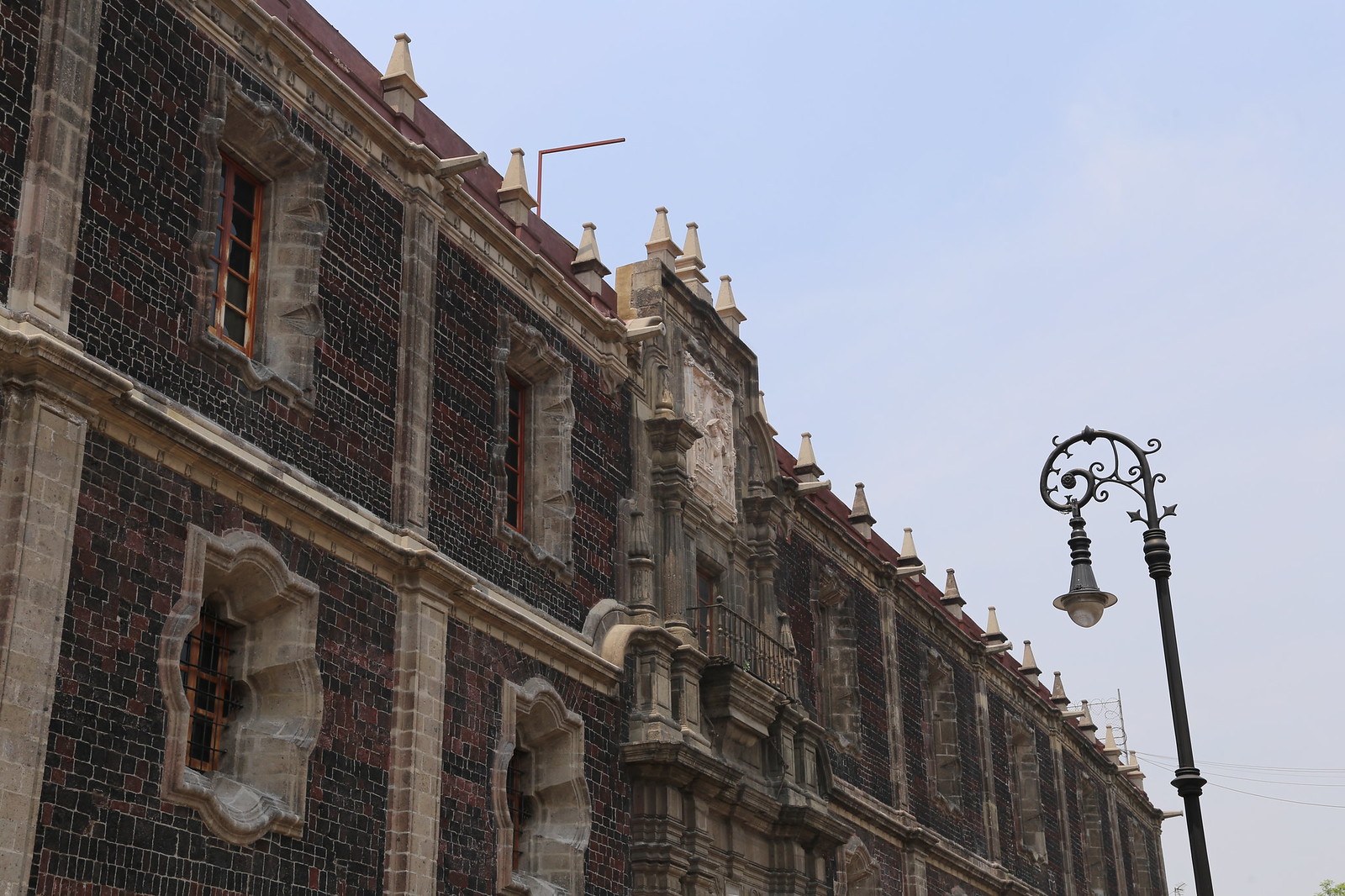
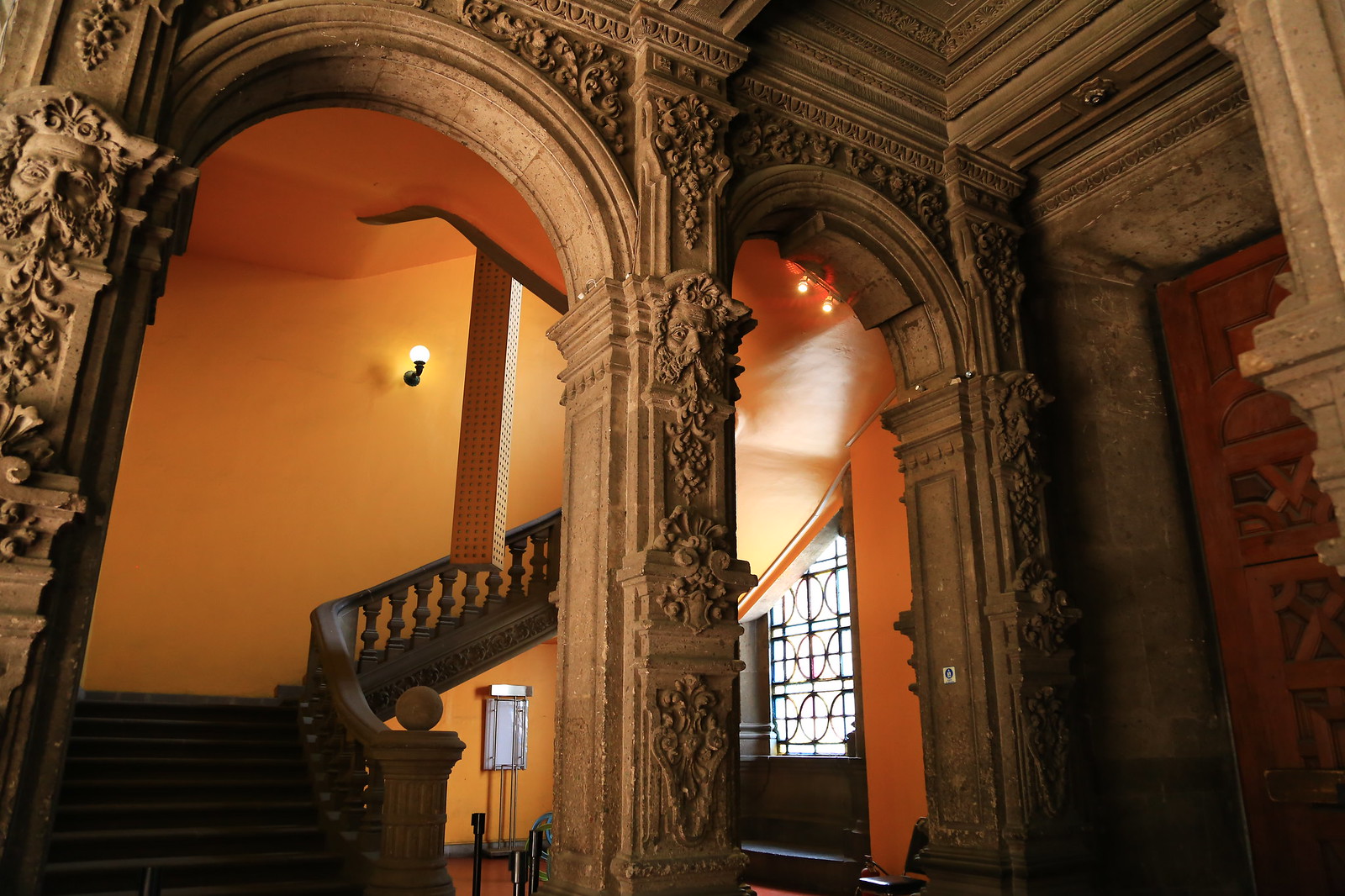
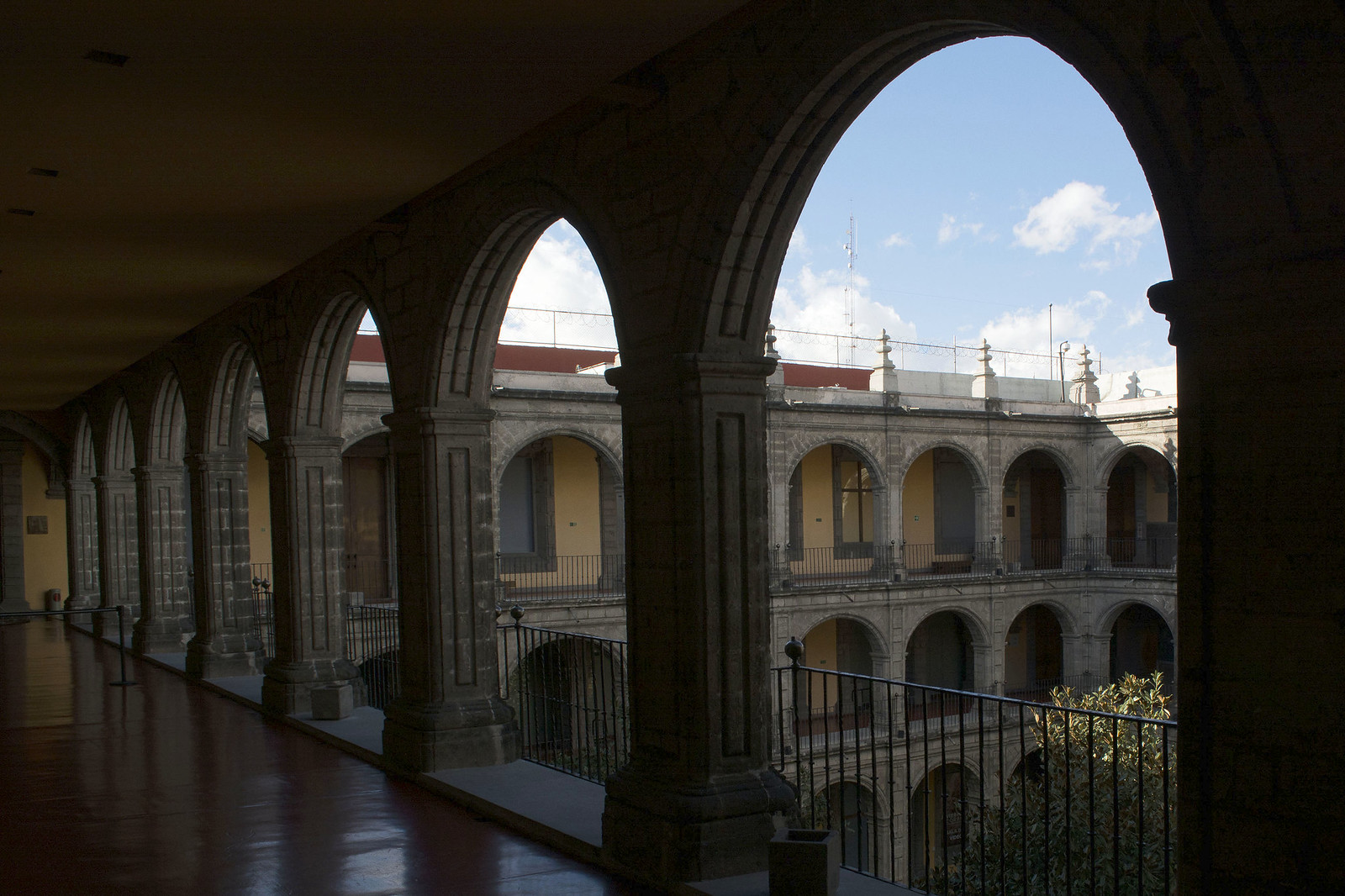
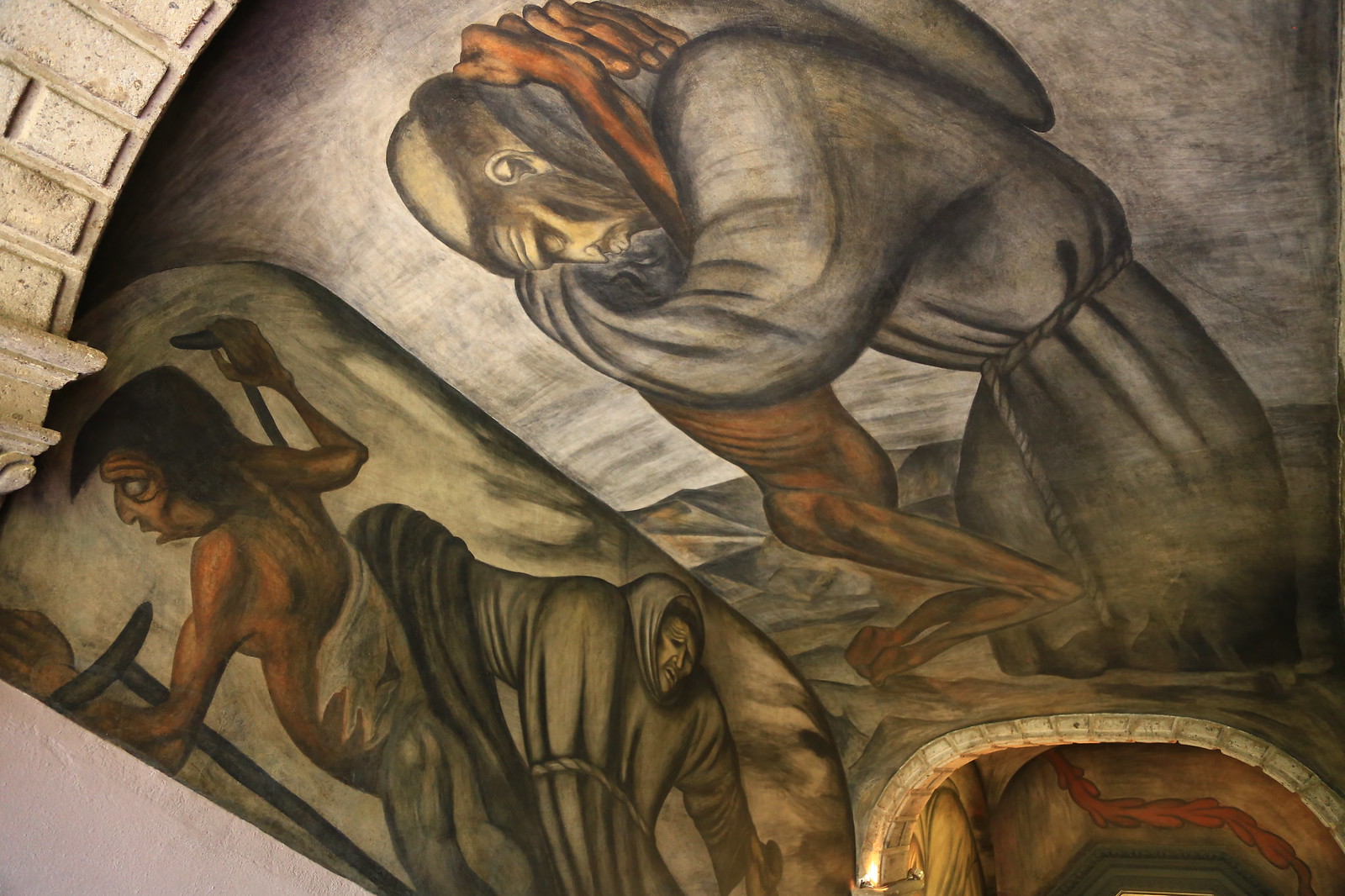
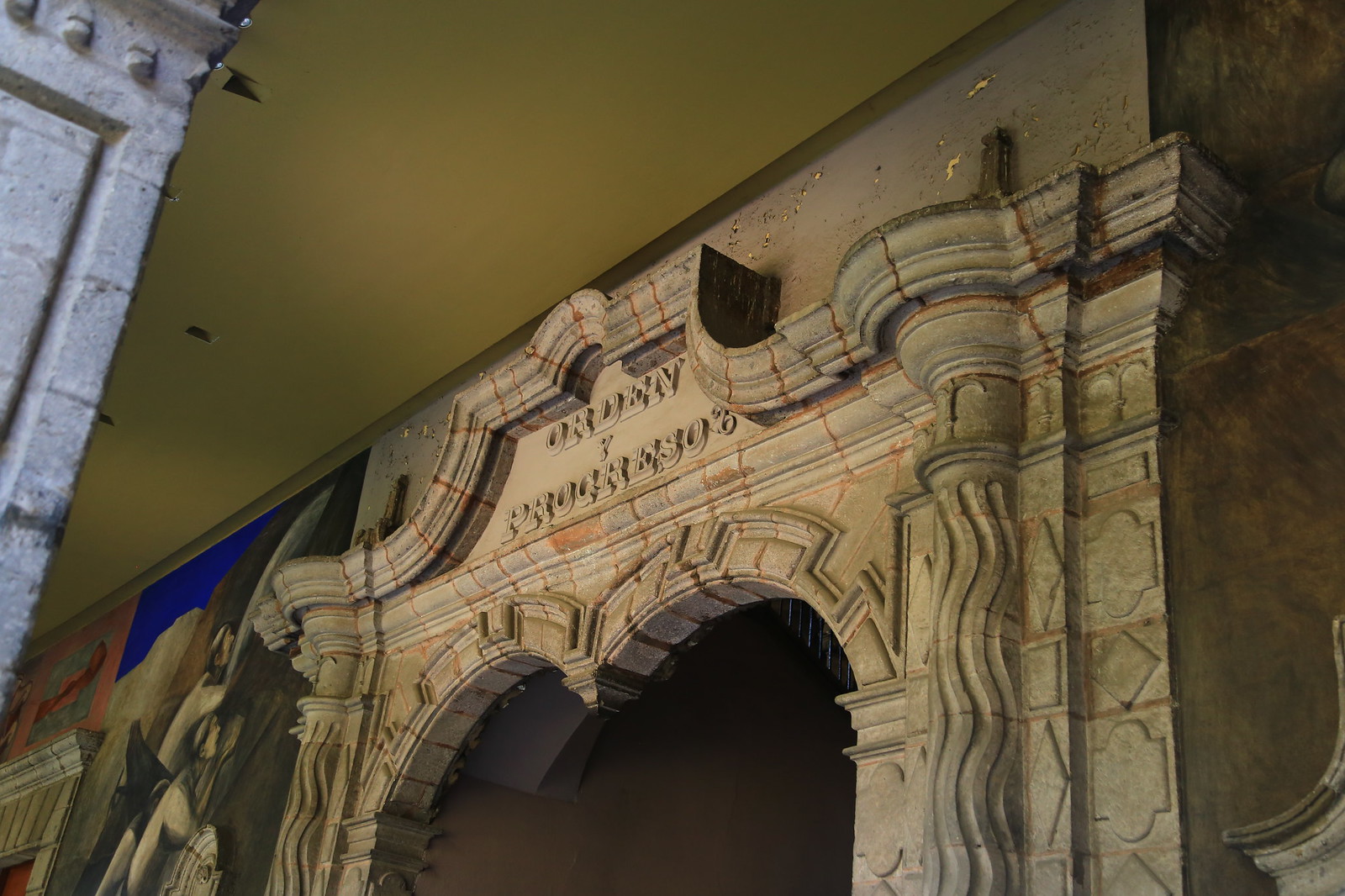
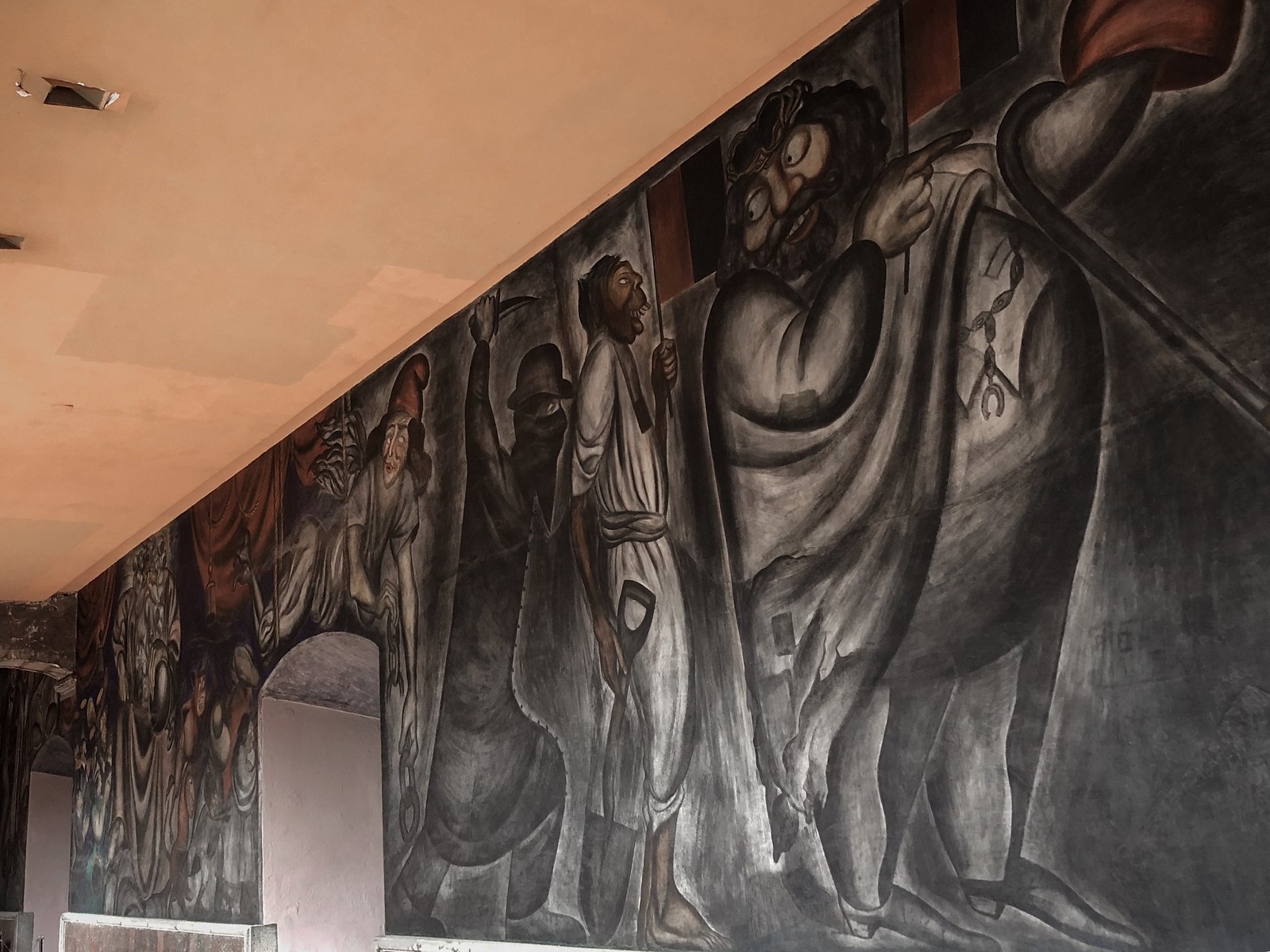


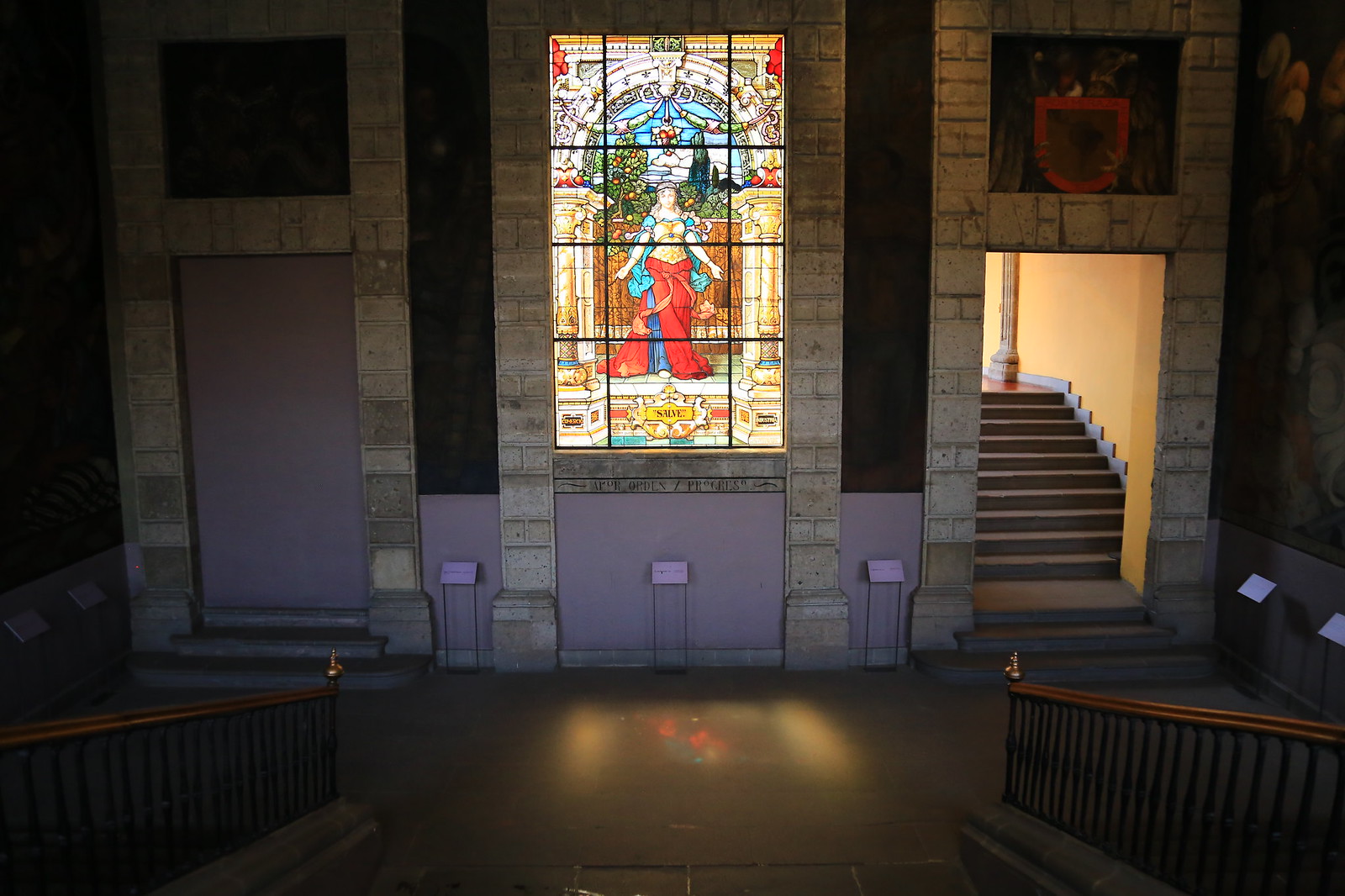
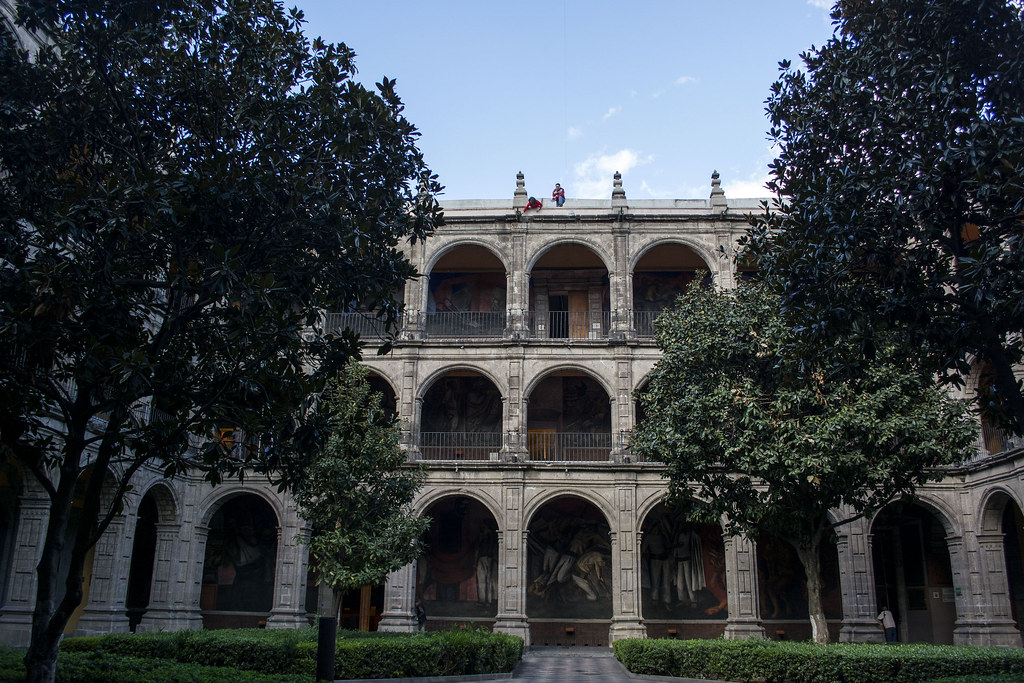
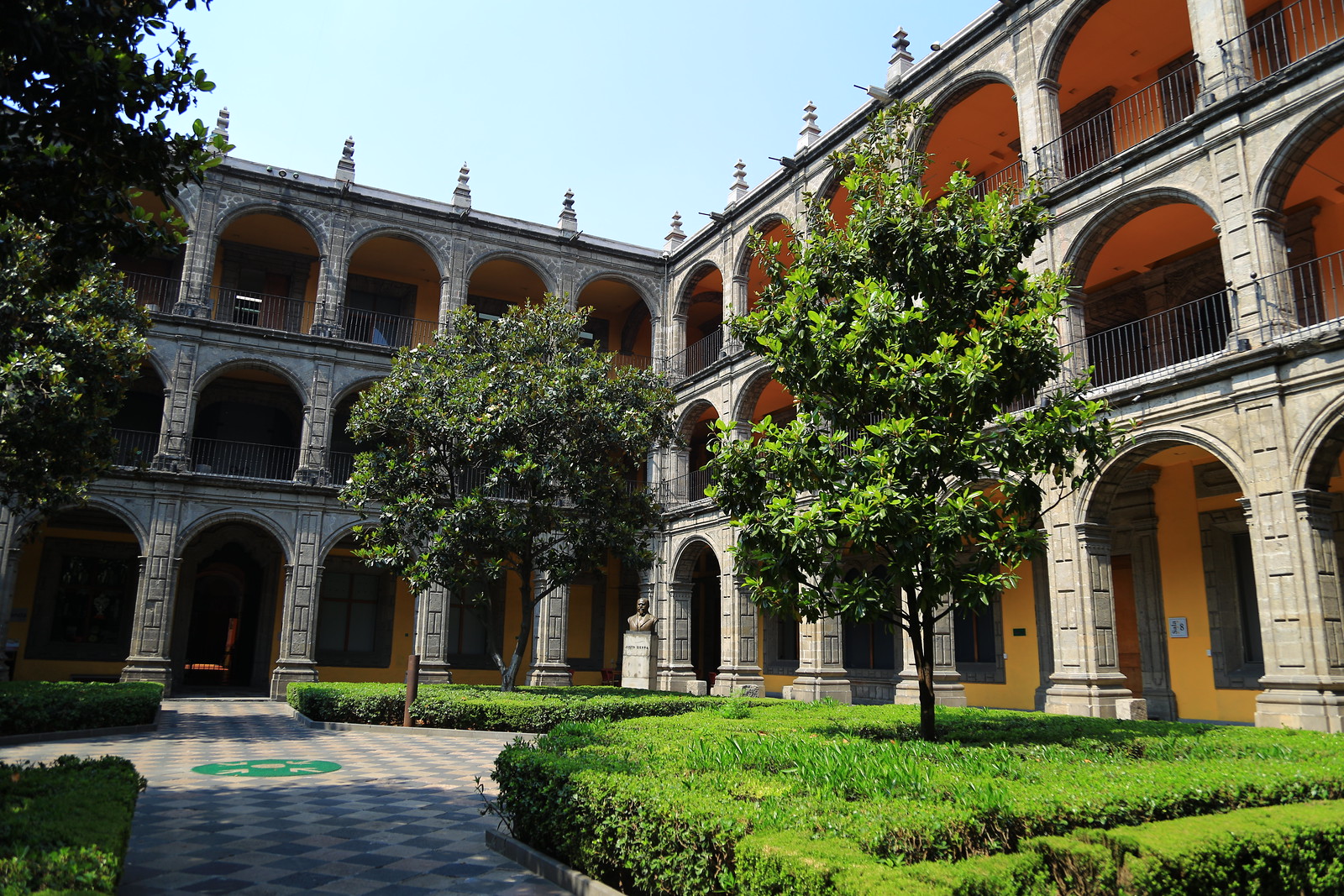
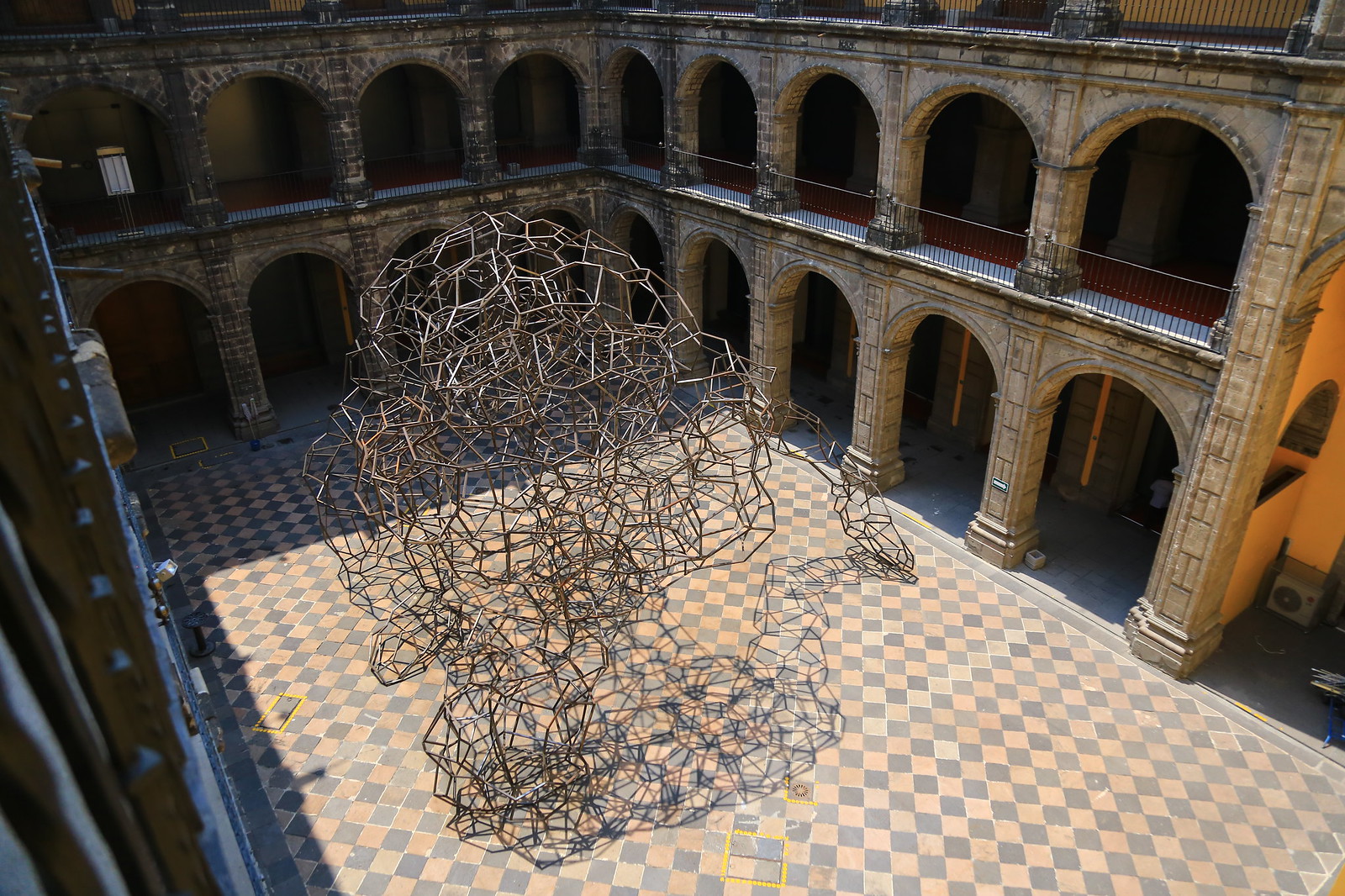
 (55) 5702 2991
(55) 5702 2991
 http://www.sanildefonso.org.mx/
http://www.sanildefonso.org.mx/
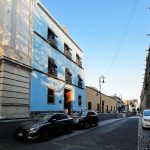
Nearest at 0.03 kms.
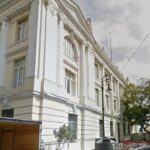
Nearest at 0.07 kms.
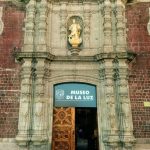
Nearest at 0.08 kms.

Mexico City's historic and first-recognized Jewish temple . . .

A modern graphic collection in an outstanding Baroque palace from the 18th century.
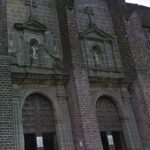
A striking Baroque work by Pedro de Arrieta stands the test of time.
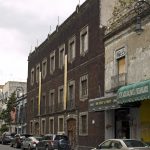
One of Mexico City's earliest temples is today a cultural center and museum.
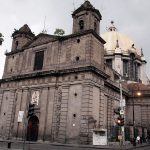
One of the most striking Neoclassical churches in the city center, the Church of Nuestra Señora de Loreto is also one of the most crooked.